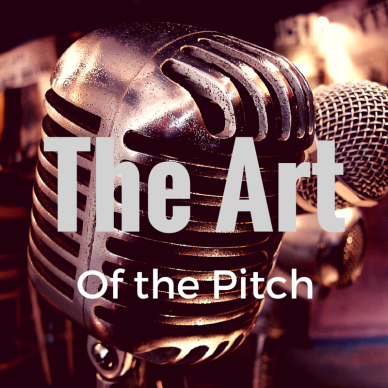
As my grad students raced to the end of the semester culminating the end of their graduate studies, their last task is to present their communication capstone plans to peers and faculty. The capstone course, similar to a thesis, requires students to perform as communications consultants by finding a cause or company to develop a strategic communications plans. This task alone for some of them is harder than their 50 plus page plans.
Many of you can relate to the daunting task of presenting your precious ideas to an audience who may or may not be interested. With this in mind, I shared my seven ways to presenting their ideas with purpose and intent.
- Be human
First and foremost, people buy from people. Whether it’s an idea or a product, you still have to convey your point to a human or group of them. While a presentation with the bells and whistles of video and animation are great supplements, don’t forget to connect with the audience. Body language experts point out the importance of eye contact to connect, which shows sincerity and helps create a sense of trust between people – an important skill for successful presenters. Looking at your notes will not help convey confidence, so lose them.
- Don’t phone it in
Nothing is worse than watching a presenter who does not believe in or passionately present his or her ideas. A few years ago, I watched a well-known agency pitch for my organization’s business and it was evident the team was just going through the motions. It was underwhelming and noticed by all in the room. If you are in front of an audience, make sure the audience believe in what you are saying – it’s a skill, just ask the Nike pitch-team who reportedly lost the opportunity to renew Stephen Curry’s sponsorship deal. Some serious gaffes and Nike lost $14B. Ouch! So, if you think you can rest on your charm and good looks, think again.
- Start with your strongest idea first
One of the best pieces of advice I every received on pitching stemmed from two instructors who were former executives at Weber Shandwick: Always start with your strongest idea. By starting with your strongest idea, you build upon your enthusiasm and take the audience with you. The audience will be swept up by your passion and excitement for the idea. Everything else is gravy after that.
- Don’t worry if you forget any parts of your presentation
This nugget is for all my meticulous friends out there. I have seen some great presentation become disasters because people forget a few words. Here’s something to consider: you are the only person who knows the presentation and all the juicy points. If you miss one, don’t worry about it, just keep going. You can always recover, and if you miss something, take that nugget and mention it somewhere else in the presentation.
- Don’t wing it
All awesome presentation start with a plan and an outline. No matter if the presentation is 5 minutes or 2 hours, always be prepared. In fact, I would say shorter presentations are harder because you have less time to get your point across. Nancy Duarte gives some excellent pointers how to craft your presentation into an effective, powerful story. Outline what you want to say so that you can see, from a high level, if you will achieve your goal.
- Know where you want to end
Similar to number 5, plan out what is the end takeaway(s) you want to audience to have. If you plan with the end in mind, it helps the rest of the presentation make that point again and again. Each slide should articulate your point and at the end, there should be no question what your action item is.
- Use visuals strategically
Use more visuals than words. Less words is always better. It works in your favor because your audience will pay attention to what you say verses reading it. Visuals can convey emotions and provide more impact than words. A picture is worth a thousand words isn’t just a cliché but words of wisdom. Here is my own take on how the power of visuals helps convey your point.
As with all presentations, you have to own it. Have presence and confidence to convey your words. Use these pointers to craft your presentation with confidence.

